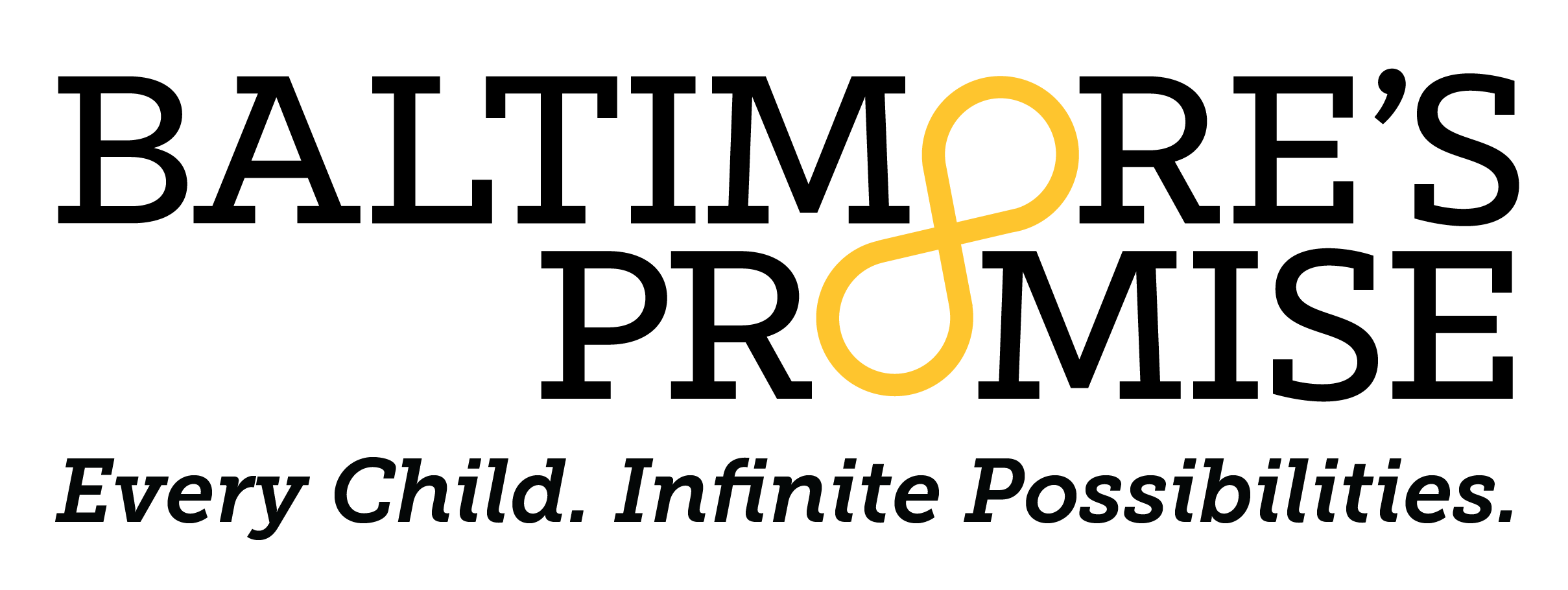What the data tells us: Trends emerging from the Youth Data Scorecard
The Baltimore’s Promise Youth Data Scorecard provides an in-depth look at critical indicators of how local youth are doing from cradle to career. This vital health and well-being data gives all community stakeholders the chance to track progress, hold decision-makers accountable, and work toward better outcomes for Baltimore’s children and families.
So, what does it tell us about young people in Baltimore today?
Moms and infants continue to do better, year after year. Overall maternal and infant health outcomes have improved over the past decade. The infant mortality rate fell from 10.3 of every 1,000 births in 2020 to 7.5 the following year (the most recent data), with a notable decrease for Black babies. Since 2010, the teen birth rate dropped by 51%, although trends for Hispanic teens moved in the opposite direction.
It takes a community: Initiatives such as B’More for Healthy Babies, which aligns a broad set of partners, is helping to drive these positive changes.
Baltimore City students are making progress in language arts, but not in math. Scores on the Maryland Comprehensive Assessment Program (MCAP) improved for almost all 3rd, 8th, and 10th graders in English Language Arts in 2023, although gaps between Black and White students have widened in the lower grades since the COVID-19 pandemic. Comparing 2023 Math MCAP scores with 2019 scores, proficiency rates fell for nearly all students, with White 3rd graders as the only exception.
It takes a community: In 2024, the Baltimore Summer Funding Collaborative, a dedicated group of private and public funders, awarded more than $4 million in grants across 70 high-quality programs, to help curb learning loss over the summer.
Graduating from high school on time is a continuing challenge for city students. The four-year graduation rate has consistently declined since 2018, sitting at 68.7% in 2022 compared with 72.2% four years earlier.
It takes a community: Baltimore’s Promise Youth Grantmakers prioritize supporting organizations with holistic programming for older youth, with many of its grantees offering academic support even when education is not the program’s primary focus.
Opportunity Youth – or young people 16-24 not in school or working – make up 13.4% of the 16-24 population, tied with the lowest rate in the past seven years. Of note, the percentage of Black or African American young people in this demographic decreased significantly, dropping from 21.2% in 2021 to 15.6% the following year.
It takes a community: Grads2Careers provides a pathway for Baltimore high school graduates to enter career-track jobs in growing industries, which may be helping to cut down on the number of Opportunity Youth. It has served nearly 1,000 students since its launch. Its next phase, CareerBound, will include registered in-school apprenticeships, creating an even more seamless transition from school to career.
These are just a few of the storylines emerging from the recently updated Data Scorecard. Please dig in to learn more about how Baltimore youth are doing.
Through the scorecard and other data tools – including the Baltimore City Youth Data Hub and the Baltimore City Youth Opportunities Landscape – we aim to provide easy-to-access information that can help shape decision-making, advocacy, and, ultimately, the number and kind of opportunities available to Baltimore children and their families.

